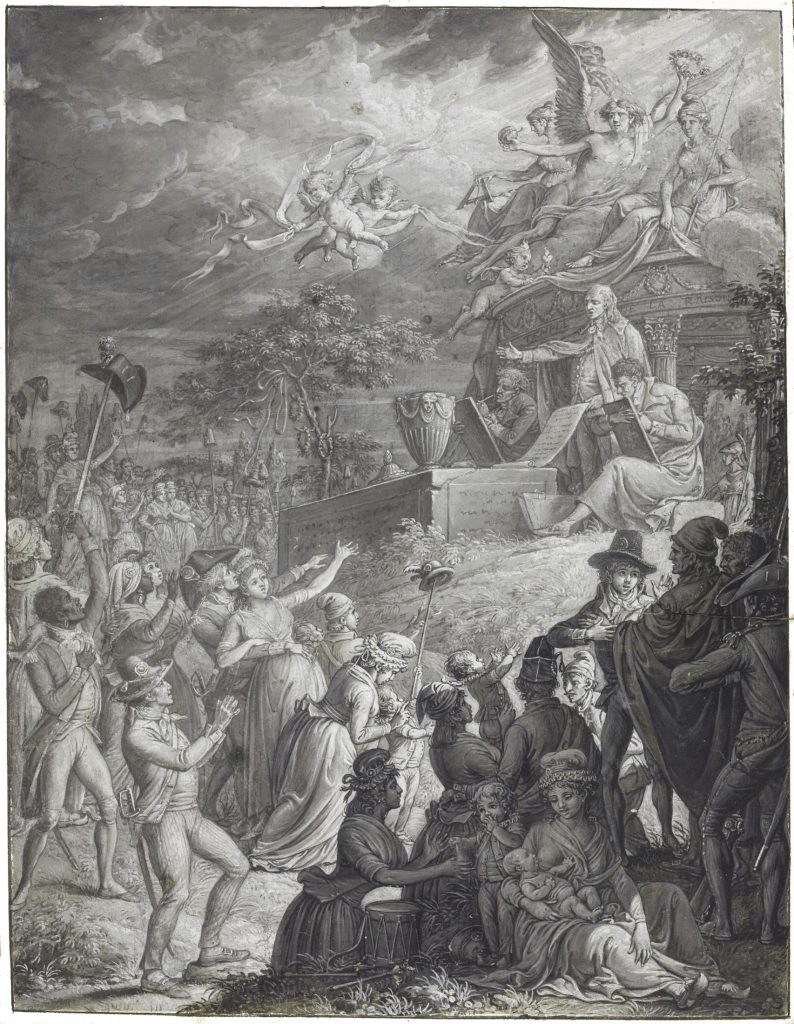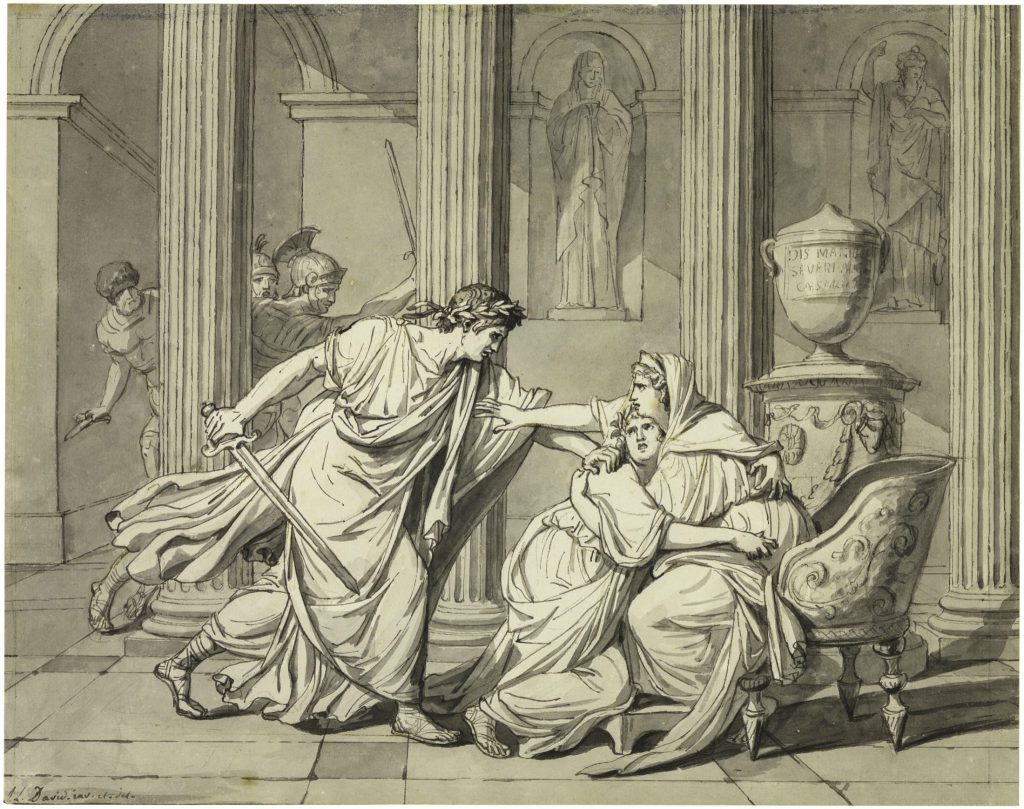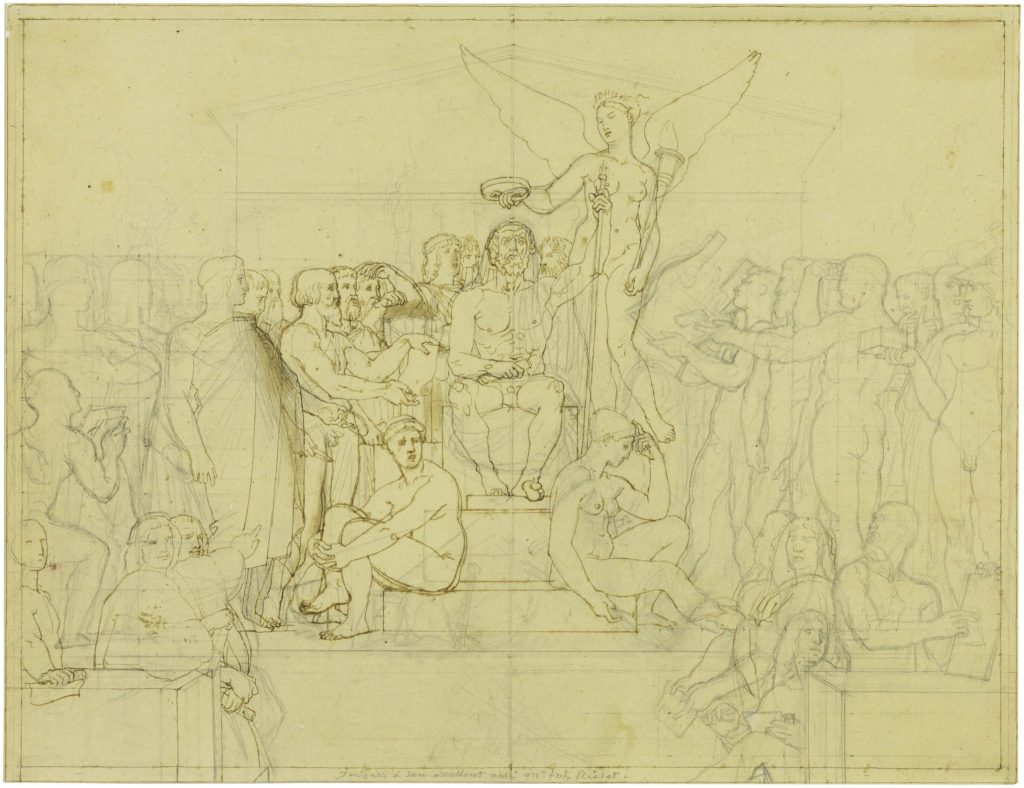
The Age of Revolutions in France (1789–1870) was defined by political instability. In less than a century, wars and violent uprisings provoked radical changes in regime, from monarchy to republic to empire.
This period also witnessed the emergence of new, hybrid styles of art: Neoclassicism, inspired by ancient Greece or Rome, mingled with Romanticism, distinguished by more fluid, expressive responses to nature. While navigating political shifts and experimenting with different forms, artists continued to draw obsessively—producing rough sketches, detailed studies, and independent works on paper.
Paper Revolutions: French Drawings from the New Orleans Museum of Art traces the politics of draftsmanship in the eighteenth and nineteenth centuries. This selection features works on paper by celebrated painters Jacques-Louis David, Jean-Auguste-Dominique Ingres, and Eugène Delacroix, as well as lesser-known artists, such as Nicolas Lejeune.
Paper Revolutions is organized by the New Orleans Museum of Art and is supported by Jason P. Waguespack and the Zemurray Foundation.

Murder of Geta
c. 1782
Jacques-Louis David
Gray ink and wash on paper
9 3/8 x 11 7/8 in.
The Muriel Bultman Francis Collection

Rejoicing at the announcement of the abolition of slavery, 30 Pluviôse, Year II / 18 February 1794
1794
Nicolas Lejeune
India ink and gouache on paper
13 3/4 x 11 in.
Gift of Joseph Baillio

Study for Apotheosis of Homer
1826
Jean-Auguste-Dominique Ingres
Graphite, pen and ink on paper
9 7/8 x 12 3/4 in.
The Muriel Bultman Francis Collection